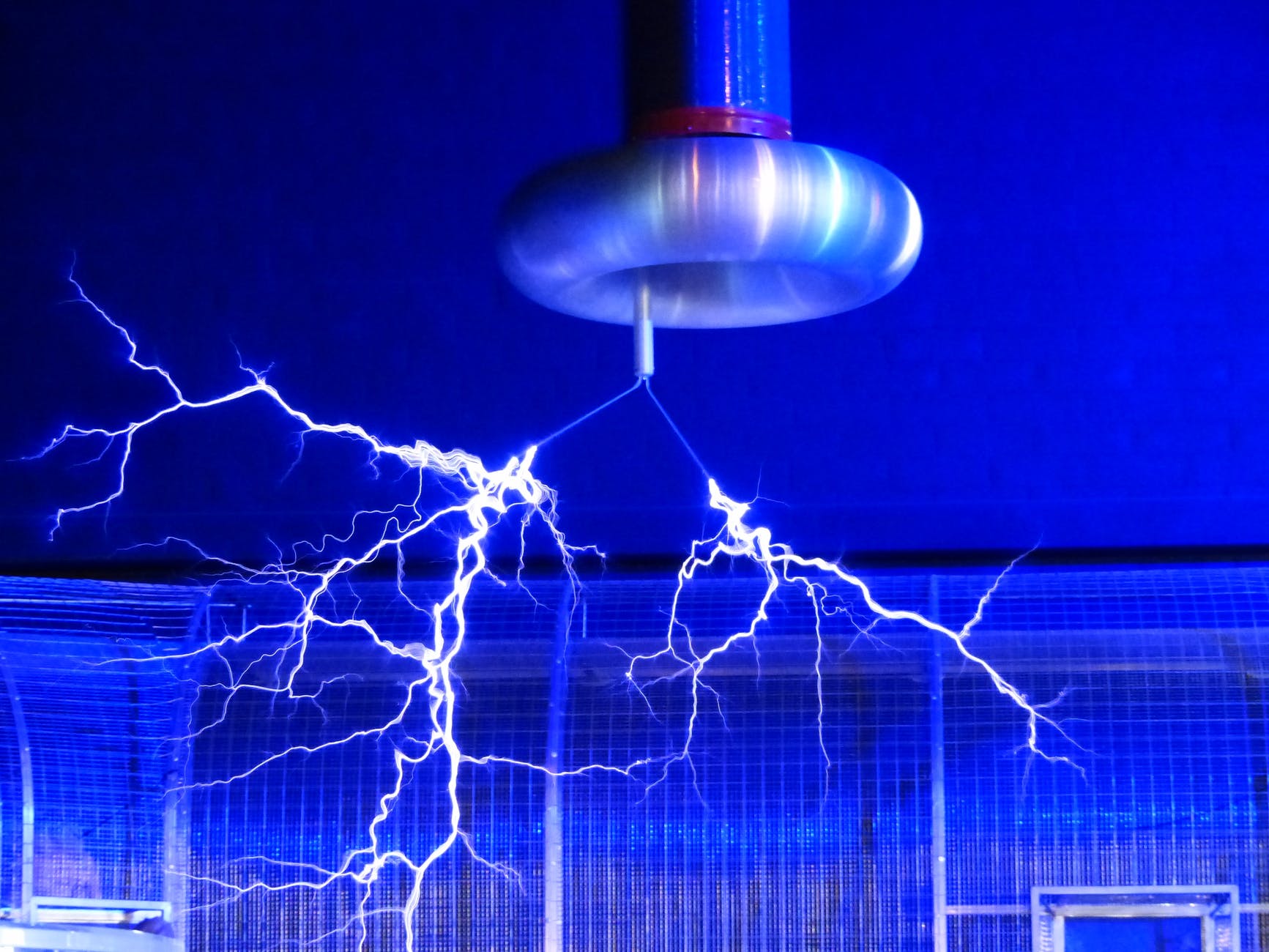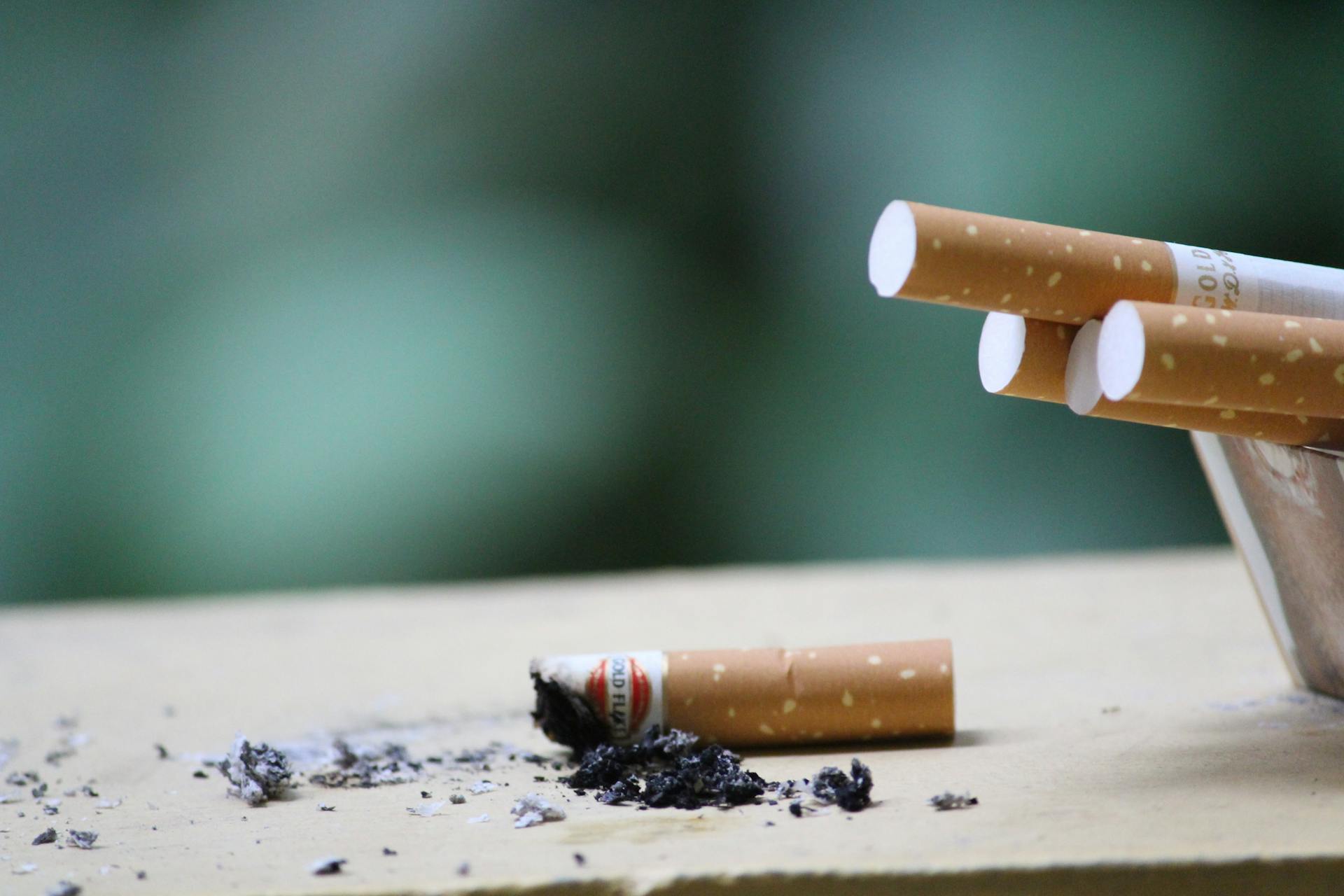I started out my science career getting my undergraduate degree through a Biology Honours Program. The very first undergraduate course I attended was first year chemistry. During this class, I attended a series of lectures and labs about electrochemistry, the study of chemicals that generate electricity from the flow of electrons. This flow of electrons occurs through redox reactions that occur when electrons are transferred from one molecule to another. Like a lot of other undergraduate material, I expected to put electrochemistry off to the side after I was done studying for the stressful final. That class would be the last time I touched any electrochemistry forever… or so I thought.
A month ago, I was at home frantically searching for a new paper to show my lab for a presentation. I still had over 2 weeks to get my presentation ready mind you. That being said, I take great comfort in preparing presentations well in advance. So to Google I went. I performed a quick Google search for papers published in 2020 about Pseudomonas aeruginosa, the bacterium I was studying. During this search I came across a paper from the Newman Lab. I started my PhD studies reading a paper from her lab and enjoyed the read. My eyes glistened after reading the abstract, the summary of their paper. It was love at first sight. From the first moment I glanced at the paper, I knew that I would share their most recent paper for my presentation.
It was the perfect paper to present for two reasons. First, it talked about P. aeruginosa and biofilms. The World Health Organization recently put P. aeruginosa in its Priority 1 list of bacteria for which new antibiotics were urgently needed. More relevant to my work, P. aeruginosa is also the most commonly detected pathogen in the lungs of adult CF patients. When P. aeruginosa colonizes the mucus-filled airways, they form aggregates that are anchored onto the mucus. These aggregates are called biofilms. When P. aeruginosa cells come together and form biofilms embedded within the mucus, they become nearly impossible to eradicate with antibiotics. Finding a way to break up these biofilms and then kill the cells before P. aeruginosa can establish its community thus remains a priority for researchers.
I also chose this paper because of the discussion about making energy within a bacterial biofilm. Within a biofilm, bacterial cells stack on top of each other to form layers. Under these conditions, the bacteria at the deepest layers of the biofilm generally have lower growth rates than the rest of the biofilm. That’s because the bacteria at the biofilm’s periphery consume most of the nutrients used for growth. Despite the reduced access to nutrients, the cells embedded deep within the biofilm still need a way to get energy.
Most organisms obtain energy for growth using the electron transport chain (ETC). The ETC comprises a series of protein complexes that act like a bus shuttle for electrons to generate energy. Under most circumstances, oxygen acts as the final bus stop in the chain. However, the bacteria at the deepest layers of the biofilm have trouble accessing oxygen. If these bacteria don’t use oxygen to generate energy, what else could they use?
Many other compounds could act as these final electron acceptors. Sulfates and nitrates are the most common of these acceptors under anaerobic (lacking oxygen) conditions. The Newman Lab, however, raised a new possibility. They surmised that a group of toxins produced by P. aeruginosa, called phenazines, could act as as the shuttle to transfer electrons to oxygen outside the cells embedded within a biofilm. They called this phenomenon extracellular electron transfer, or EET. To explore this phenomenon further, the researchers wanted to know whether EET was possible for P. aerugionosa biofilms to perform and if so, whether phenazines acted as the primary agent driving EET.
To know whether the phenazines could drive EET within a P. aeruginosa biofilm, the researchers first had to know whether phenazines could be retained within the biofilm. To this end, the researchers first measured the concentrations of three phenazines within the P. aeruginosa biofilm and the surrounding agar: pyocyanin (PYO), phenazine-carboxamide (PCN), and phenazine-carboxylic acid (PCA). Through these experiments, they observed that two of the phenazines, PYO and PCN, were retained within the P. aeruginosa biofilm and did not diffuse to the surrounding agar. They subsequently observed that extracellular DNA, a key structural component of the P. aeruginosa biofilm, was largely responsible for retaining the phenazines within the biofilm.
The nostalgia rush flowed through me when the paper set up a DNA molecule as an electrode to see if a current could be generated when either phenazine was bound to a DNA molecule. By cycling the potential and measuring the resulting current in the DNA electrode, the researchers could determine whether electricity could be generated using only the phenazines and the DNA molecule. The DNA electrode system generated the most electricity when oxygen and either phenazine were present at the same time. Furthermore, mutated DNA could still generate electricity when bound onto either phenazine in the presence of oxygen, even if the strength of the current decreased as a result. Finally, when a mature P. aeruginosa biofilm was prepared as an electrode inside a reactor, the resultant electrode generated electrity only when the cells were able to make the phenazines and extracellular DNA.
Put together, the researchers showed that while phenazines primarily act as toxins in P. aeruginosa infections, phenazines can also facilitate EET when the cells are closely clumped together as a biofilm. First, the P. aeruginosa cells at the deepest layers of the biofilm would facilitate electron transfer to a phenazine molecule outside the cell. The phenazine molecule would then diffuse across the biofilm until it was tethered onto a DNA molecule. At this stage, the phenazines would then transfer the electrons it took from the deeply embedded cells to any oxygen molecules present at the biofilm’s periphery. The phenazine would finally be unbound from the DNA molecule and the cycle repeated. The ability for P. aeruginosa cells to perform EET within a biofilm ensures that energy is still available for cells to maintain themselves even when nutrient levels are low.
In addition to understanding one of many mechanisms bacteria produce energy when deeply embedded within a biofilm, the study also provides encouragement for future research towards using bacteria to generate energy for powering our devices. A major obstacle I see for doing this, however, would be increasing the speed of the reaction. The experiments being performed show that the electron transfer takes 30 seconds to complete. I imagine that for enough energy to be produced to power our devices, we would need to generate electricity far more quickly. One of these days though, I wonder if bacteria will provide us the horsepower to drive our cars… But that’s a story for another blog post.
While the amount of electricity generated by these P. aeruginosa biofilms isn’t nearly enough to electrocute us, the fact that bacterial cells can generate molecules to shuttle electrons around and transfer energy electrified my heart. The paper brought me back to the days when I was learning how chemical reactions could be used to generate electricity. It brought me back to a simpler time where my primary concern was learning the basic pillars of our scientific knowledge and just starting to get more curious about our world. Now, I’m in a position to explore my curiosities through microbiology research. It seems that the paper reminded of why I was doing research in the first place: to learn cool things about our world and to share it with others.
The link to the awesome paper I discuss in this blog can be found here. It’s behind a paywall, but there’s a wonderful graphical abstract that summarizes the findings of their study.
I hope you enjoyed my first attempt at summarizing and storytelling a paper in a blog format. This is the first time I’ve tried to storytell any kind of paper to a broad audience like this. I’m planning on blending explanation with storytelling for all of my future posts to keep you all engaged with the scientific literature.
If you enjoyed what I wrote about microbial electricity, subscribe for email updates by clicking on the “Follow” button below! I would also love to hear your thoughts on the paper! Feel free to type comments in the comments section below too or send an email my way at naphtali.paul@gmail.com!
Journal Reference:
Saunders, S.H., Edmund, C.M., Yates, M.D., Otero, F.J., Trammell, S.A., Stemp, E.D., Barton, J.K., Tender, L.M., and Newman, D.K. (2020). Extracellular DNA promotes efficient extracellular electron transfer by pyocyanin in Pseudomonas aeruginosa biofilms. Cell 182, 919–932.
Author
-

Paul Naphtali is a seasoned online marketing consultant. He brings to the table three years of online marketing and copywriting experience within the life sciences industry. His MSc and PhD experience also provides him with the acumen to understand complex literature and translate it to any audience. This way, he can fulfill his passion for sharing the beauty of biomedical research and inspiring action from his readers.
View all posts




